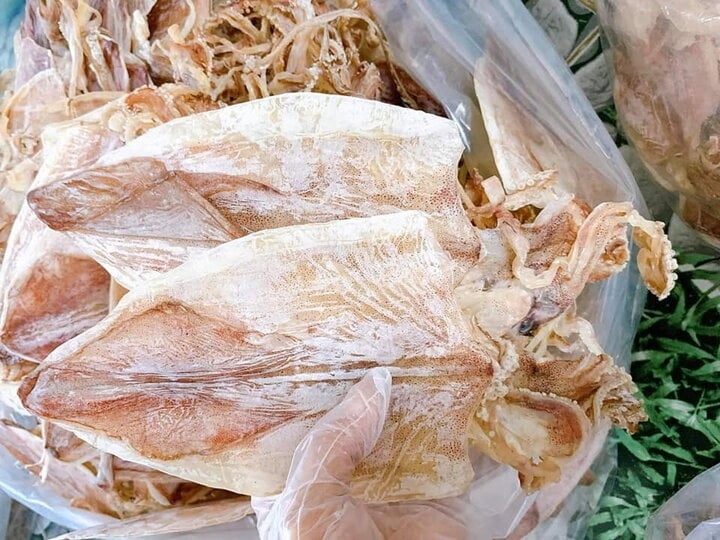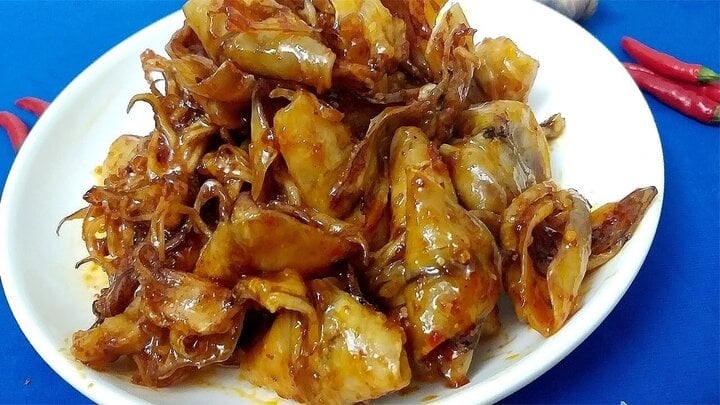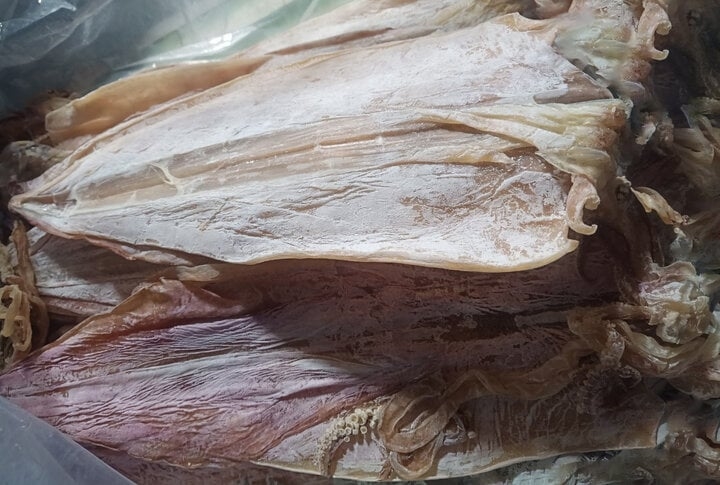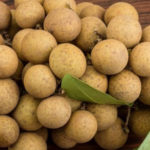The dried squid with its sweet and savory flavor, is a delicacy for many, with some even “addicted” to its unique taste. Especially during summer, having a grilled dried squid with a cold beer is a perfect combination. However, not all dried squid are created equal, and the question of whether to choose a larger or smaller squid when purchasing remains a common dilemma.
Should You Choose a Larger or Smaller Dried Squid?
There is no standard size for dried squid, but they can be categorized into three main types: large, medium, and small. Large dried squid range from 8 to 10 per kg, offering thicker and sweeter meat at a higher price. Medium-sized squid, with 14 to 16 per kg, strike a balance between meat quantity and affordability. Small dried squid, also known as mini squid, come in sizes of 20 per kg or more and are typically used for snacks or stir-fries.

The question of choosing between large and small dried squid is a common dilemma. (Photo: Etsy)
The two main types of squid used for drying are the tube squid and the leaf squid. Tube squid, when dried, have softer meat and a naturally sweet taste, while leaf squid tend to become very tough. The squid we usually grill and enjoy is the tube squid.
Larger dried squid generally have thicker meat, resulting in a more intense and chewy texture when grilled or cooked compared to smaller ones. They retain their natural sweetness and have a firmer bite, appealing to those who enjoy a chewier, more naturally sweet experience. These larger squid are typically prepared from larger tube squid, measuring around 30-40cm, and are sun-dried immediately after being caught to lock in their freshness and flavor.
On the other hand, smaller dried squid have thinner meat, leading to a more “delicate” flavor profile when cooked. This type is easier to eat, absorbs seasonings better, and is well-suited for snacks or stir-fries. They are typically made from smaller squid, such as squid rings or small leaf squid, measuring around 10-20cm, and are also sun-dried immediately after being caught to preserve their freshness.

Smaller dried squid, made from squid rings or small leaf squid, have thinner meat and are best suited for snacks or stir-fries. (Photo: eBay)
While leaf squid may be more affordable, tube squid offer a truly unique culinary experience. The highest-quality tube squid are those measuring around 28-33cm in length.
So, should you choose a larger or smaller dried squid? The answer depends on your preferences and needs. If you’re looking for a gift or want to prepare a gourmet dish, opt for larger, thicker, and wild-caught dried squid. For stir-fries or snacks, medium or small-sized squid are more suitable. Larger squid dried directly on the boat tend to have a higher natural sweetness compared to their smaller counterparts.
According to the locals and connoisseurs of seafood, the best dried squid are those with thicker meat and a straight body. Wild-caught squid, known for their natural sweetness and intense flavor, are the top choice.

For gifts or gourmet dishes, choose larger, thicker, wild-caught dried squid. For snacks or stir-fries, medium or small squid are a better option. (Photo: eBay)
Tips for Choosing High-Quality Dried Squid
To select the best dried squid, consider the following factors:
– Color: Opt for squid with a light pink hue, free from dark spots or mold. High-quality dried squid should have a natural color, devoid of any signs of chemical treatment or artificial coloring.
– Powder coating: The best dried squid will have a thick coating of white powder on their bodies. This powder is a result of the natural drying process and helps preserve and enhance the flavor of the squid. If the powder is missing or easily rubbed off, the quality is likely inferior.
– Moisture content: Ideal dried squid should have moderate moisture, neither too dry nor too wet. When touched, the squid should feel supple and elastic.
– Aroma: Fresh-smelling squid with a natural, sweet aroma, free from any strange or burnt odors, indicate high quality. The scent of dried squid is usually subtle and pleasant, never overpowering.
– Thickness: Choose squid with straight bodies and thicker meat. The thicker the meat, the more it will expand into tender, flavorful strands when grilled, making it easier to tear and eat.
– Origin: Prioritize squid from reputable and branded sources to ensure quality and food safety.
How to Store Dried Squid
If you plan on consuming the dried squid shortly, store it at room temperature in a dry and well-ventilated area. Keep the squid in a sealed bag or container to prevent insect infestation and air exposure. Regularly inspect the squid to ensure it hasn’t molded or deteriorated.
For long-term storage, place the squid in the freezer compartment of your refrigerator. Before storing, wrap the squid in aluminum foil or a sealed plastic bag to prevent it from drying out or losing its flavor. When ready to use, simply thaw the squid at room temperature or in the refrigerator’s cold storage compartment.
According to VTC news






































